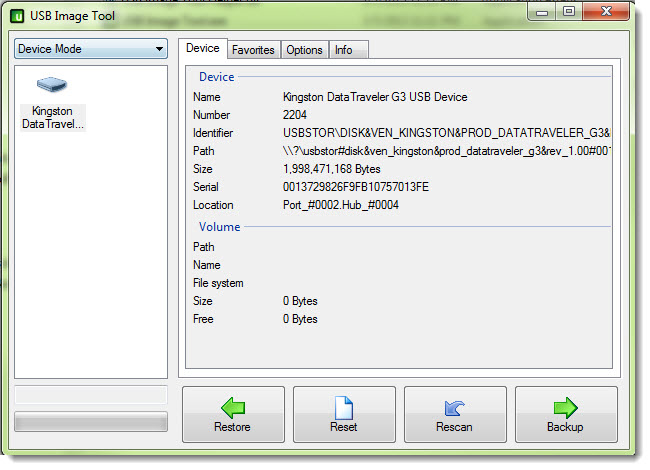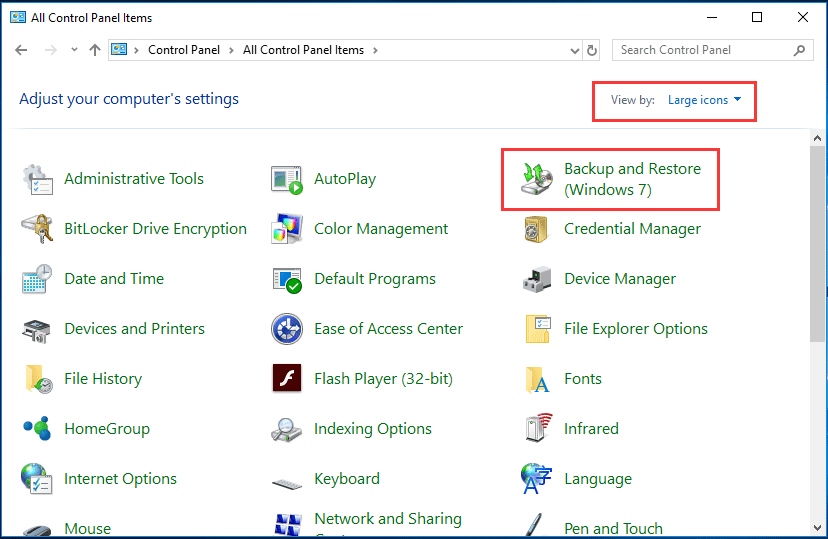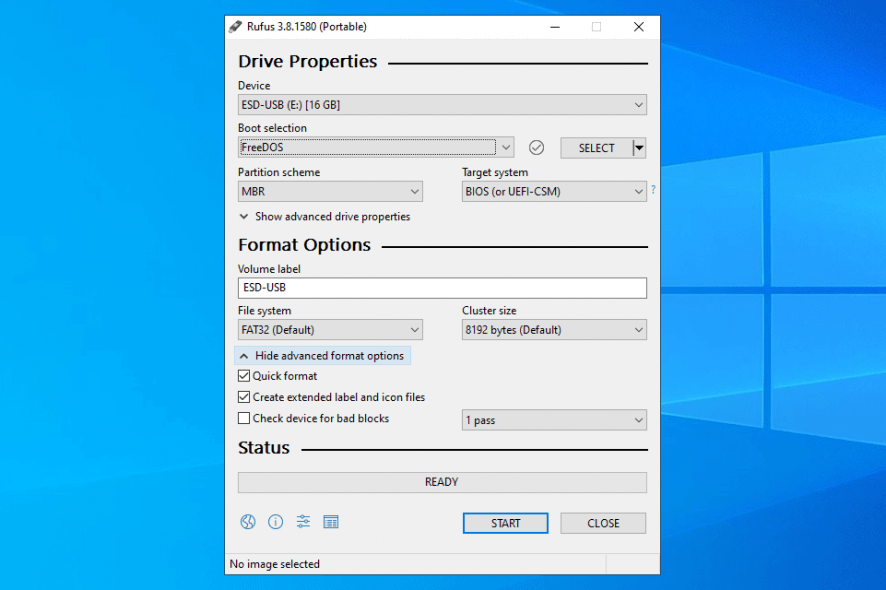

- #Usb image tool help how to#
- #Usb image tool help software download#
- #Usb image tool help .exe#
- #Usb image tool help zip file#
In case you want to read our step by step tutorial about how to do a clean install of Windows 10 next by using Bootable USB created by following above steps, click here.

We recommend using a blank USB or blank DVD, because any content on it will be deleted.

Check the screenshot below that shows how one can choose these options.
#Usb image tool help software download#
If your PC is a 32-bit operating system, on the Software download page, select Download tool now (32-bit version). There are two versions of the tool, one for a “32-bit operating system” and one for a “64-bit operating system.” To find out which you have, go to Start, type Control panel, select System and security, and then, under System, look at the value for System type. So, as you can understand it works only for the official Windows 10 general release build.įind the media creation tool on the Software download page. It is quite easy to use and if you check our tutorial on updating to Windows 10 and downloading official ISOs, we have also shared steps to create Bootable USB drive using Media Creation Tool. Using official Media Creation Tool (Method 2):

#Usb image tool help .exe#
exe file, and click/tap on Yes if prompted by UAC.Ħ) Set Rufus using the settings below which are valid for both 32-Bit and 64-Bit Windows 10 ISO files. Download the Core ISO image to the same PC from the Core Support site. Click “Yes” if a User Account Control pop-up appears on the screen.5) Run the Rufus. Next, insert your source USB stick and launch the program by double-clicking on the ImageUSB.exe file.
#Usb image tool help zip file#
This program doesn’t install into Windows 10, so be sure to unpack the ZIP file into a location you can remember. The most recent version (as of this writing) is v released on October 25, 2019. RELATED: How to Create Bootable USB Drives and SD Cards For Every Operating System Clone Your USB Driveĭownload and extract Passmark Software’s free ImageUSB tool. Scenarios could include USB-based press kits for tradeshows, or a manufacturer’s product catalog mailed to clients. The image also includes slack space: Unused remnants of drive space Windows 10 allocates to a single file.įinally, if you need to copy files from a single non-bootable USB drive to multiple units with an identical capacity, cloning may be your quickest solution. The resulting image, then, consists of all visible and hidden files and the drive’s unused space.


 0 kommentar(er)
0 kommentar(er)
